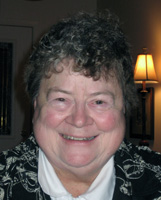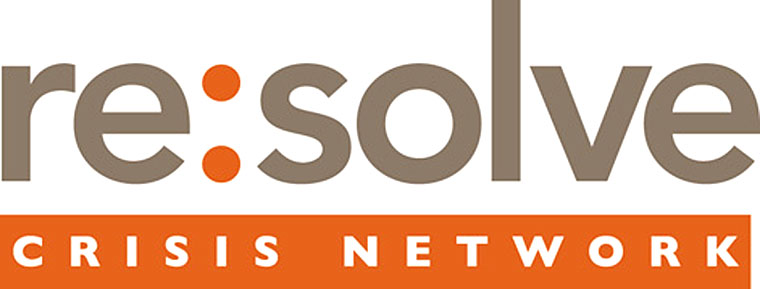When my sister-in-law Joanne was diagnosed with cancer, my wife, Patti, immediately began searching the Internet for information and one of the most useful websites that she found was a blog being written by a woman undergoing cancer treatment. Patti became a faithful reader and found this woman’s writings helpful and inspiring. Up until Joanne’s death last year, Patti felt that she, Joanne, and the blogger were in the same foxhole.
No one thinks it’s odd to ask for direction from someone who has gone through a life-altering illness — except when it comes to mental disorders. Too often, persons with mental illnesses are ignored even after they have recovered from all symptoms of their illnesses. Part of the reason for this is stigma and the deeply held belief that persons who are “mentally ill” can’t be trusted to take charge of their own lives. 
Let me be clear here because this is an emotional subject, especially among parents, of which, I am one. When Mike became psychotic, I did not listen to his ranting. I stepped-in and did what I believed any decent human being would do when someone they love becomes so obviously mentally unstable that they need an intervention.






